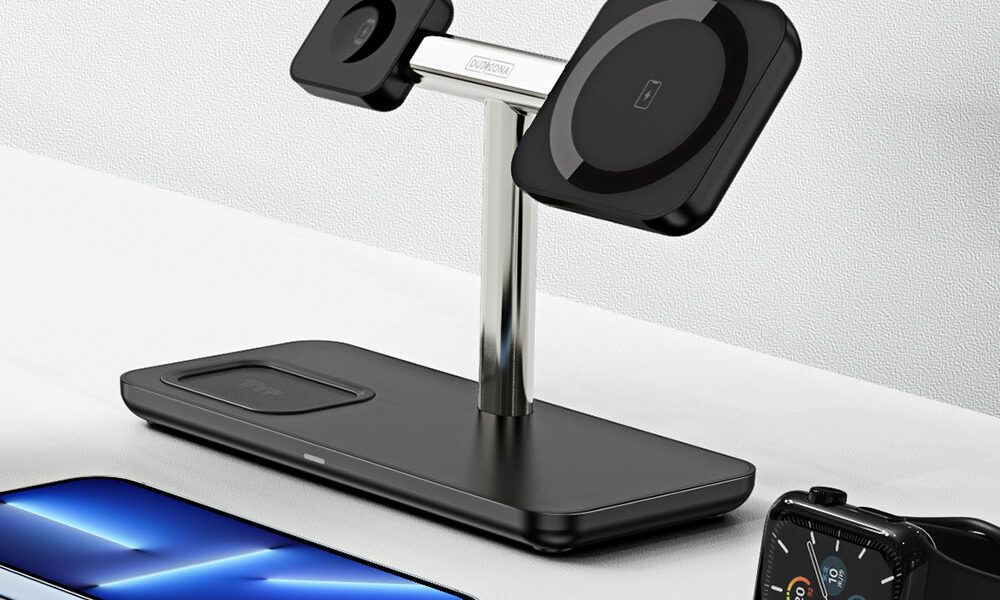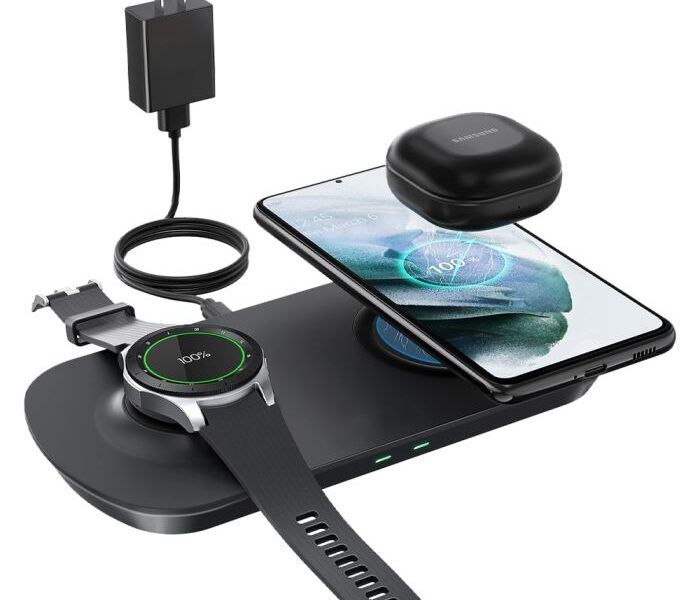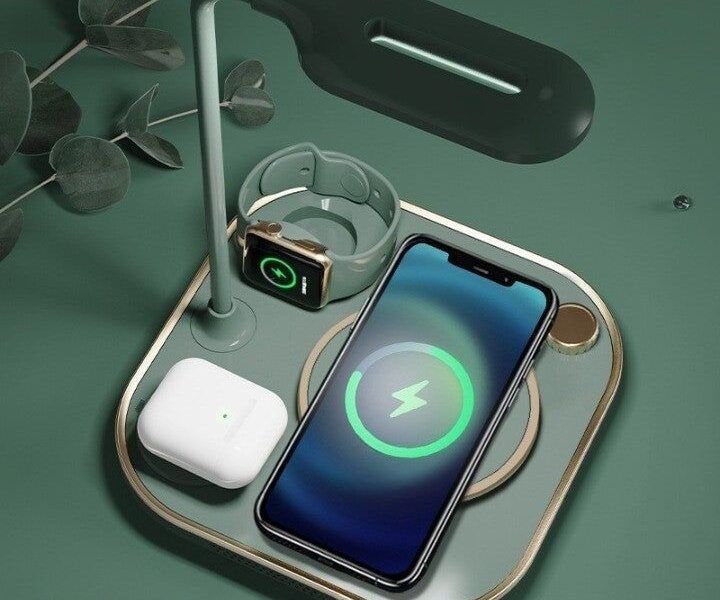
The world we live in today was not the same 300 years ago. In the 1700s, one could hardly imagine driving cars, let alone going to space, but technology has made it possible today. All these developments depend on energy to fuel them, and as technology improves, so do the means to power it. We look for more efficient means of energy transfer and usage so that we spend least possible time and energy. One such example is the use of wireless charging stations. This blog will walk you through everything you need to know before committing to this charging method.
Imagine a clutter-free workspace where you don’t need to organize wires, and all your devices can be charged just by placing them on a specific spot on your desk. This would be highly efficient compared to conventional means of charging, where you need to find different cables compatible with different devices. With wireless charging, you could charge all your devices on the same station.
How It Works
These wireless charging stations work on the principle of electromagnetic induction, which states that magnetic fields can create electric fields and vice versa. The charging station has a wire coil through which electricity passes, creating a magnetic field. When a device that supports wireless charging or has a similar wire coil attached to its battery comes within range of this magnetic field, an electric current is generated in the device, similar to the one in the charging station, and it powers the battery.

The simplest charging stations which use this principle only need three components: a charging pad so that the user knows where to put the device, an induction coil that creates the magnetic field, and an electric source to power the charging station.
What the Future Holds
For now, these charging stations are limited to small devices because only small amounts of energy can be transferred over short distances via electromagnetic induction. However, as technology advances, the future holds endless possibilities like:
Charging Zones in Homes
With electromagnetic fields able to charge devices over large distances, we could create charging zones in homes. You could lounge in front of your TV, and the phone in your pocket would be automatically charged.
Public Charging Stations
Currently, wireless charging stations are available in some airports, but they are not very common. Imagine yourself walking through an airport charging area and your phone charging itself—won’t that be convenient?
Cars Charging on the Go
If large-scale wireless energy transfer becomes possible, cars could be charged while driving on the road, eliminating the need to stop for hours to recharge, making travel more efficient.
Remotely Charging Pacemakers
Currently, doctors rely on replacing the batteries of artificial pacemakers every 10 years to keep them operating. But what if we could remotely charge them? Doctors wouldn’t need to operate on patients repeatedly for a simple battery replacement, reducing the risk to a patient’s life.
Drones Charging in the Air
Drones are excellent surveillance devices because they can be sent into enemy territory while being remotely controlled. However, they need to be charged at fixed intervals. If we could remotely charge them, they could stay in the air for extended periods of time.

What to Consider Before Buying a Wireless Charging Station
Compatibility
You need to check if your devices support wireless charging (i.e., have an induction coil in them).
Slow Charging
Wireless charging can be slow due to factors such as high-power losses and resistance.
Safety Features
Ensure that the wireless charger you are buying has safety features such as automatic shut-off if the temperature gets too high, stopping charging when the battery is full, and detecting foreign objects.
Conclusion
This blog highlights some of the many possibilities of how wireless charging might impact our daily lives in the future and provides an insight into its working. The use of these charging stations is limited for now, but with new inventions, more innovative means to power these inventions will develop. One day, wireless charging might be as omnipresent as Wi-Fi is today, making it an essential part of daily life.
